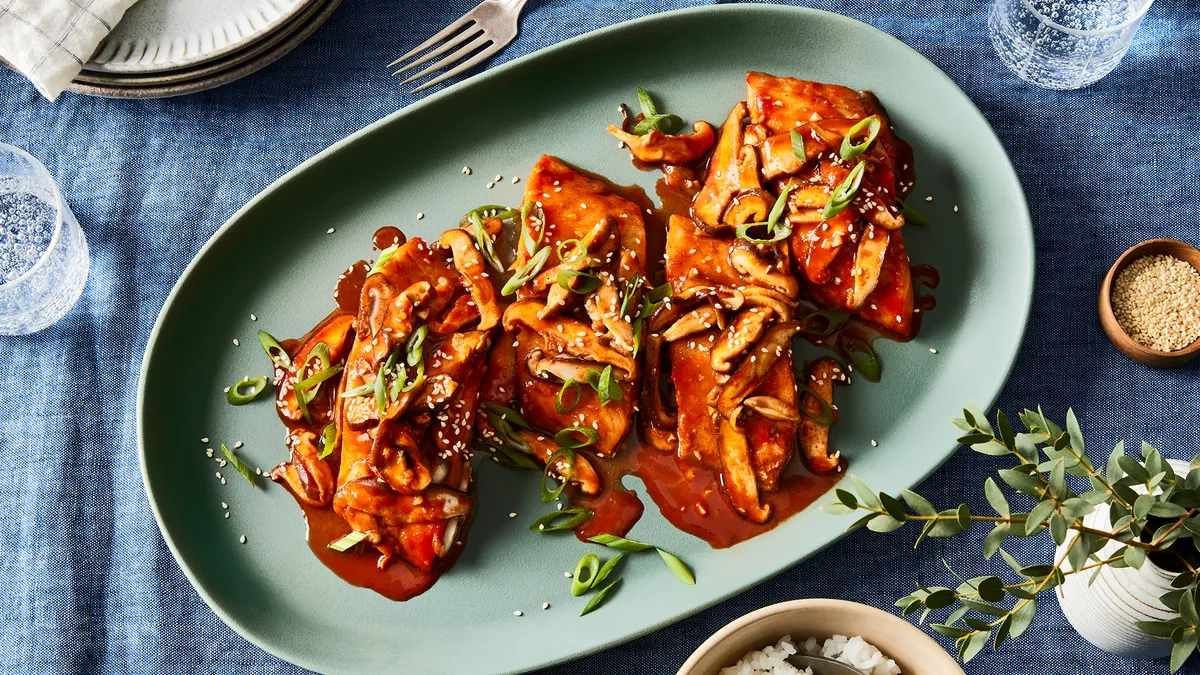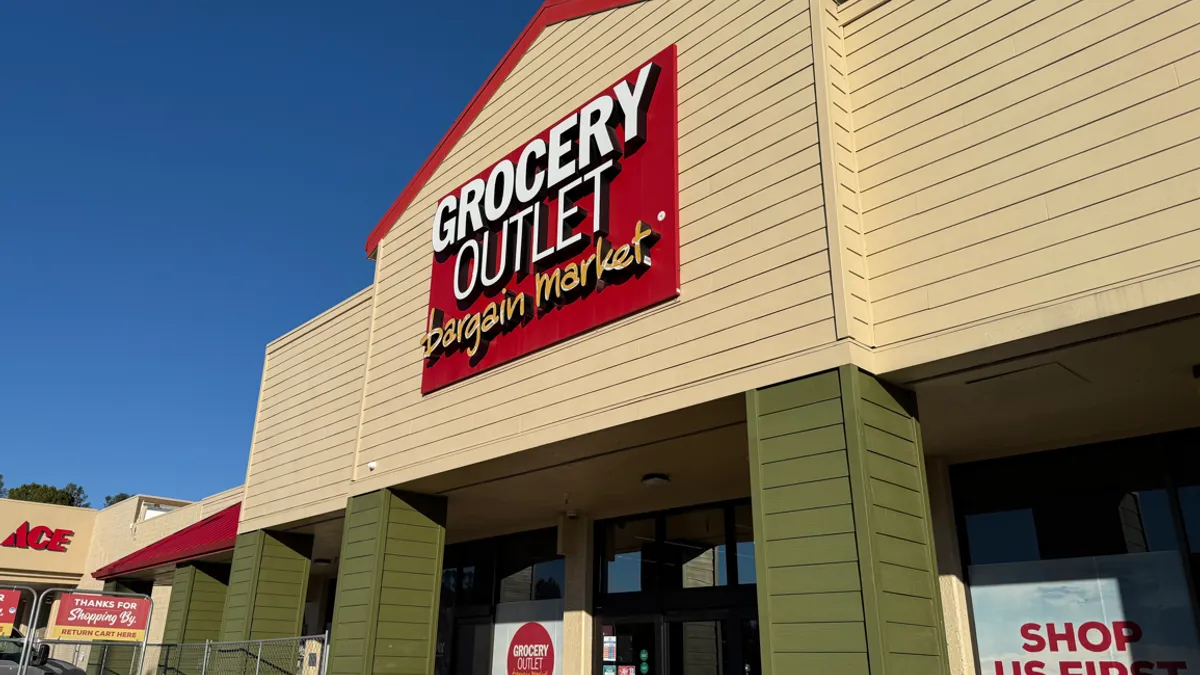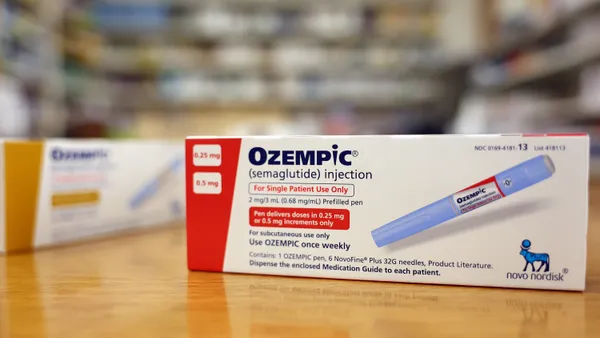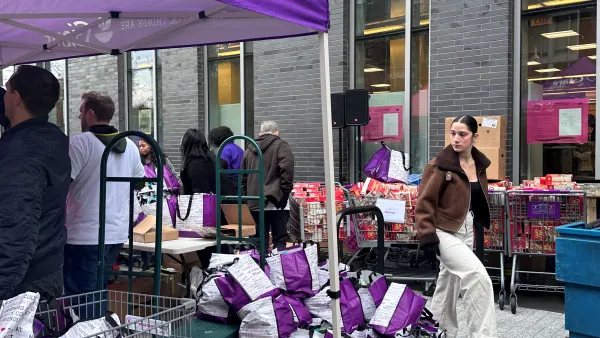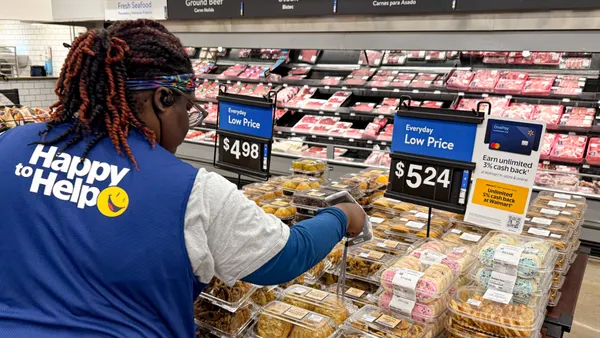Offering seafood recipes that are easy to make or healthy are two of the top motivators for purchasing seafood in the grocery store, according to a recent report from research firm Datassential and the Alaska Seafood Marketing Institute.
In fact 85% of consumers surveyed said easy recipe ideas would lead them to purchase seafood over other proteins, and the same percentage said healthy seafood recipes would motivate them to choose seafood as a protein.
"As most retailers can attest, these statistics are supported by the overwhelming surge in sales of seafood since 2020, which saw stronger growth across the past two years than any other grocery department," said Amy Dukes, marketing coordinator at ASMI, citing data from research firm IRI.
At the same time, she said, consumers have flocked to social media to find and share cooking hacks, with the hashtag #food drawing more than 240 billion views on TikTok, for example, and other hashtags like #foodie, #recipe and #cookinghacks netting billions of views on social media.
Now ASMI is seeking to help grocers leverage these trends and encourage consumers to make Alaska seafood their protein of choice. It has launched a promotional campaign offering "seafood hacks," or quick solutions that make at-home preparation of Alaska Seafood fun and easy.
Retailers can piggyback on this effort by promoting these hacks in-store and online via social media channels such as Facebook, Instagram, YouTube and TikTok.
"Shoppers are looking for new, easy ways to enjoy seafood, whether that's tips for preparing lesser-known species like Alaska sablefish, new tricks for spicing up crowd favorites like Alaska salmon, and of course anything that will save time and effort in the kitchen," said Dukes.
By promoting the #AlaskaSeafoodHacks content, or creating their own hacks that make cooking Alaska seafood easier for consumers, retailers can give shoppers exactly what they are looking for when they come into the store, she said – easy, delicious meal ideas and the ingredients to make them.
Tools for Retailers
Retailers can download a Communications Toolkit from ASMI, which contains a summary of the campaign, sample messages and a link to a free image library. ASMI will be sharing content regularly from its social channels @AlaskaSeafood and managing a hub for the campaign at www.AlaskaSeafood.org/Alaska-Seafood-Hacks.
In addition, chefs, culinary experts, registered dietitians, nutritionists, Alaska seafood experts, members of the fishing industry, and other partners are creating and sharing their own #AlaskaSeafoodHacks as easy video demos on social media, as well as securing media coverage around the campaign. These include:
- Gaby Dalkin, cookbook author, chef, and food and lifestyle writer whose website and content have established her as the go-to source for fun culinary ideas;
- Lindsey Baruch, photographer, recipe developer, content creator, writer and cook behind LindseyEats on Instagram, TikTok and YouTube;
- Justin Sutherland, chef and operator of multiple award-winning restaurants, host of Fast Foodies, winner of Iron Chef America and contestant on Season 16 of Top Chef;
- Sean and Bri Dwyer, an Alaska Seafood harvesting family. Sean Dwyer is the captain of the FV Brenna A featured on the Deadliest Catch. Bri Dwyer is a professional photographer whose work captures the life of a fishing family both on and off the water;
- Maya Wilson, Alaska chef, food photographer and author of the Alaska from Scratch cookbook; and
- Kikkan Randall, Alaskan Olympic and world champion skier, cancer survivor and active mom.
Some examples of hacks include how to get the perfect flake and tell when fish is properly cooked, how to steam Dungeness crab and how to quick-cure salmon.
One of the easiest seafood cooking hacks is ASMI's own Cook It Frozen!® technique. Frozen seafood can be prepared quickly and easily without thawing, by sautéing, baking, steaming, broiling, poaching or grilling. Wild Alaska seafood is frozen within hours after harvesting to lock in flavor and freshness.
This hack is especially relevant as consumers have embraced frozen seafood more than ever. Sales have accelerated significantly during the past five years, and recorded their strongest gains in both dollars and volume in 2020, according to the 2021 Power of Seafood report from FMI — The Food Marketing Institute.
Many other hacks can be found at #AlaskaSeafoodHacks on social media.
Retailers can tie into ASMI's seafood hacks campaign by linking their digital channels to the digital assets of the campaign, and perhaps creating their own seafood recipe channels.
"In addition to promoting the campaign and sharing — or providing their own — hacks, retailers should always make sure their Wild Alaska seafood is labeled as such," said Dukes.
Consumers prefer sustainable seafood 5:1 over seafood that's farmed, and simply mentioning "Alaska seafood" increases customers' willingness to purchase seafood because they associate it with being safe, natural and wild, Dukes pointed out, citing the Datassential/ASMI research.
Retailers have the opportunity to capitalize on consumer demand for convenient and healthful meal solutions by promoting the Alaska seafood hacks. Merchandising seafood from Alaska and combining it with recipes and insights that showcase the retailer's expertise can create a destination that elevates the entire seafood department in the mind of the consumer, in turn driving bigger baskets and increased profitability.
Visit ASMI for educational materials, recipes, training tools, customizable visual assets and more to help retailers build successful seafood promotions for all Alaska seafood products.

